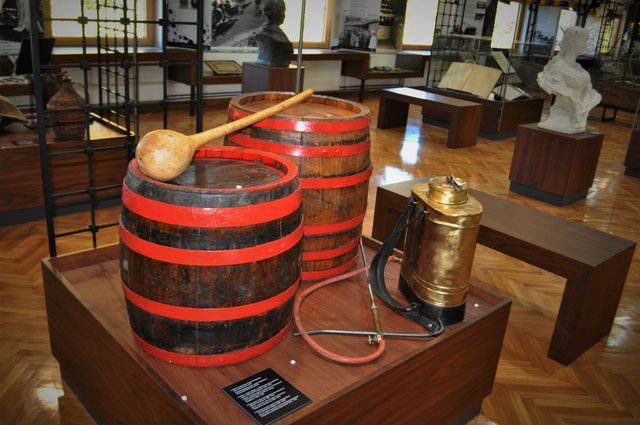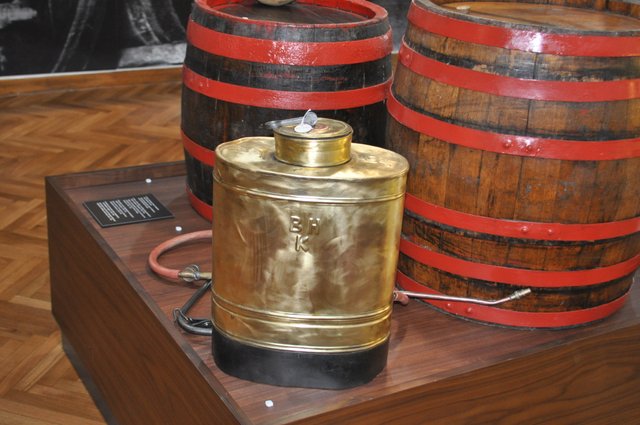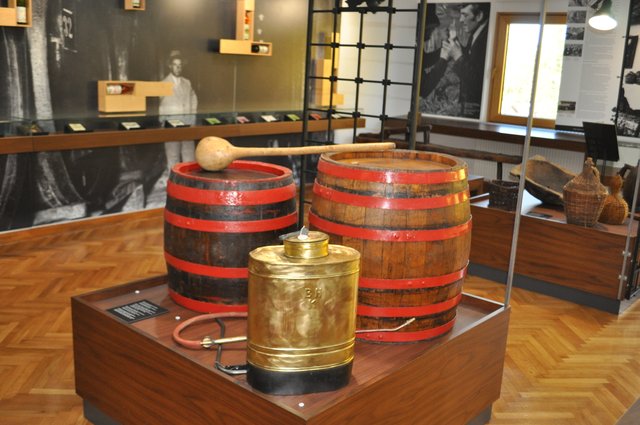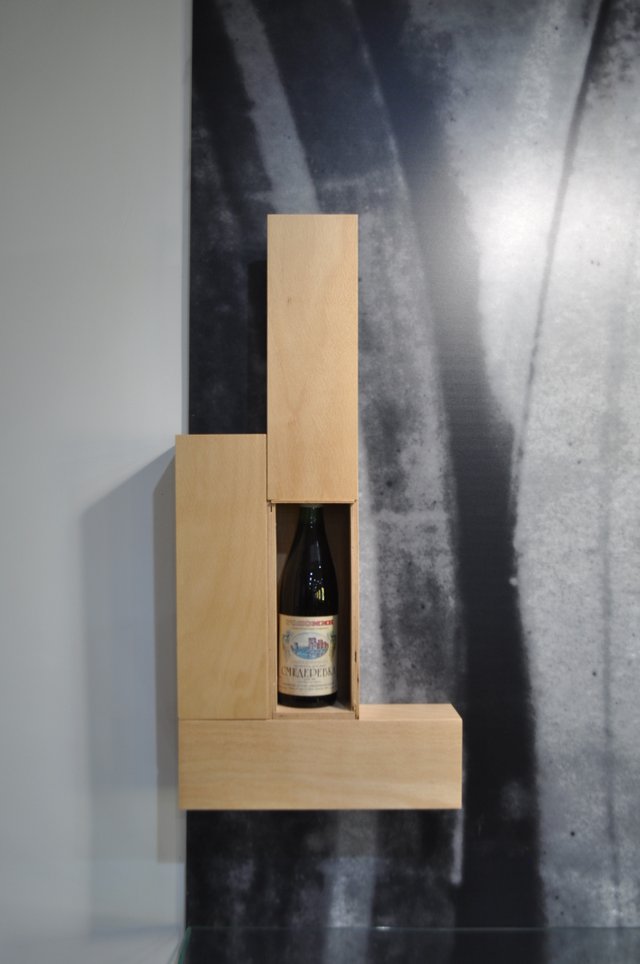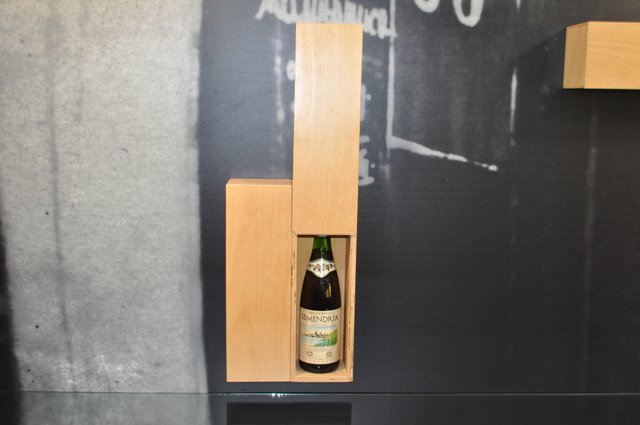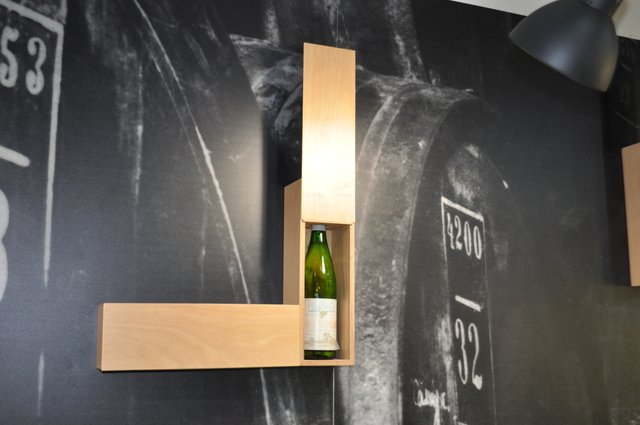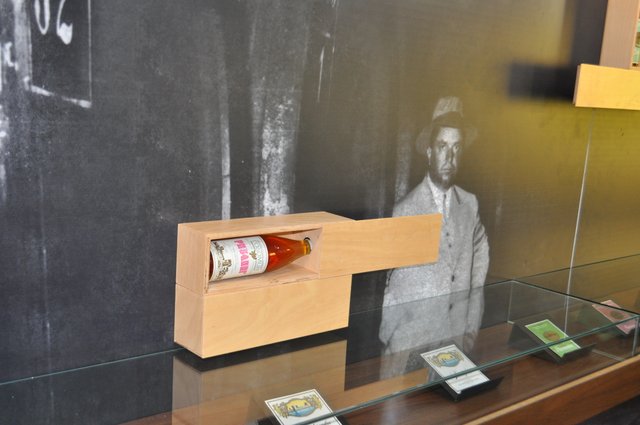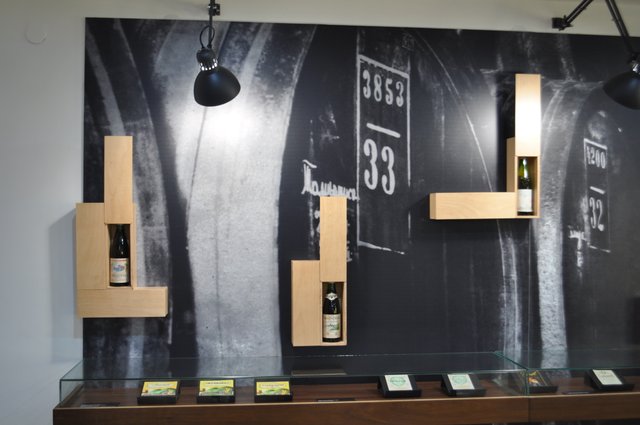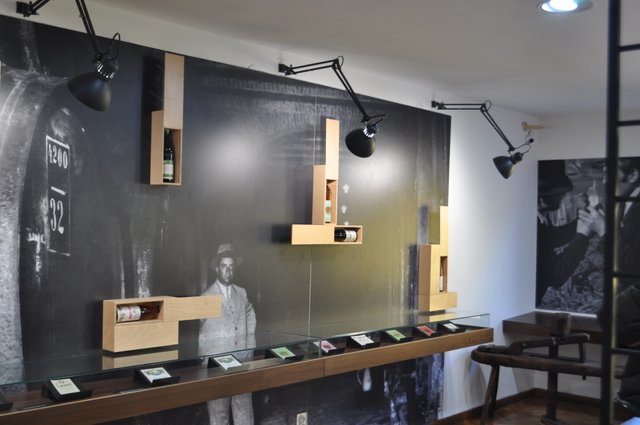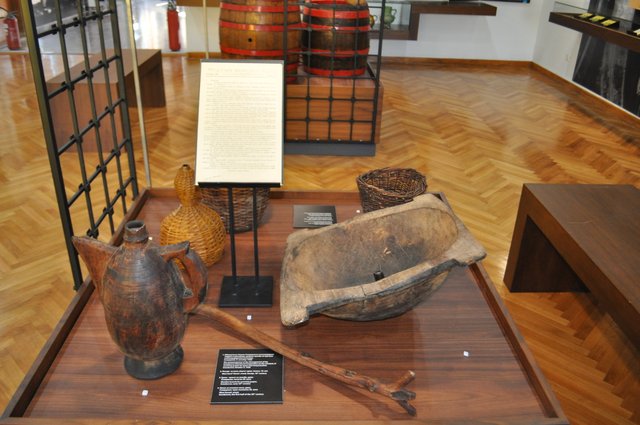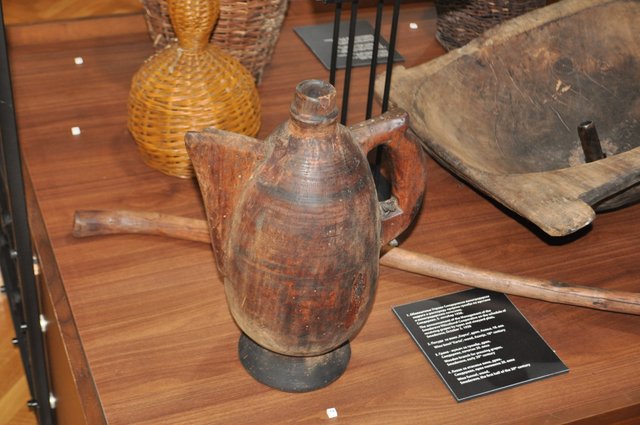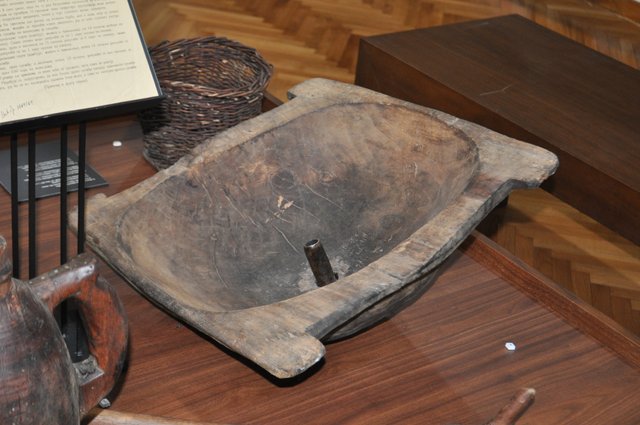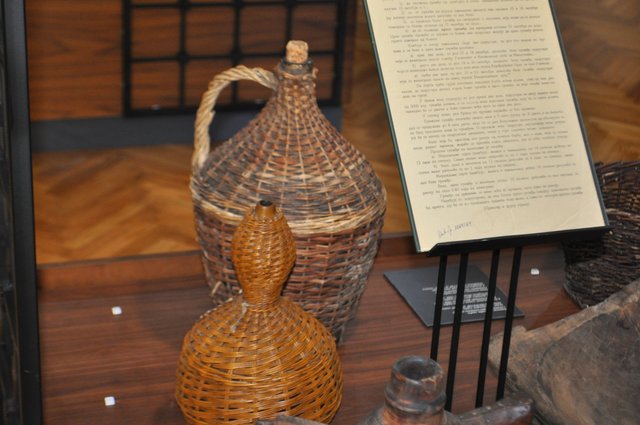Smederevo is a city of wine
There are not many cities in the world, such as Smederevo, that have the honor of being associated with the name of a vine or wine. Smederevo is, of course, proud of that, and even more so because the Smederevka vine is considered one of the most famous autochthonous varieties in Serbia. Unfortunately, in the last fifteen years it has been unfairly neglected, even in the Smederevo area where it has been the leading variety for years. Sartid ironworks and only at the end the wine Smederevka, that's what the connection with Smederevo looks like today, to some of us. In reality, the Smederevo vineyards are one of the oldest habitats of vines in the Balkans.
Smederevka is considered an autochthonous variety of Serbia. It is a very fertile variety, in some cases it can yield over 25,000 kg during intensive cultivation and care. grapes per hectare. The cluster is medium to large, conical, semi-compact. The berry is large, round or slightly elongated, light green-yellow in taste and slightly sour in taste. It ripens in the fourth epoch, a very well-known variety. It is moderately resistant to diseases and quite sensitive to low temperatures. Grapes accumulate up to 20% of sugar, while retaining high acids, 8-10 grams per liter and more. Along with the neutral taste, high acids are the main advantages of the variety that is suitable for all types of blending. In addition, grapes tolerate transport well thanks to the crunchy flesh, so they are used for fresh consumption and have a refreshing effect. Smederevka is an easy variety for raising and exploitation. It is not particularly demanding in terms of soil, it tolerates all types of trellis cultivation well, and pruning on a condyle is recommended on 3-4 buds, and onions on 6-8 buds. clusters have an average weight of 150-300 grams, fertility rate 1.4-1.8.
A special advantage for cutters is that it is extremely soft for pruning, and damaged parts of the vine are restored very quickly, provided that the condition of the vineyard is good.
This variety gives grapes of very good quality since good table wines are produced. The wines obtained from Smederevo have a pleasant and refreshing taste, and they are even better when blended with quality Riesling, Semion or White Burgundy wines.
Some experts believe that it is very suitable for making sparkling wines. We have the impression that this variety was not given a real chance to express all its qualities.
Smederevka wine is characterized by yellow-green color with 10.5-12% vol. alcohol and 6-8 g / l of total acids with a lot of freshness but still mild taste, which is why it has gained a large number of fans among wine consumers. In addition to production in the Smederevo vineyards, this wine is also produced in the Zajecar region and in Macedonia.
The favorable climate and mild sunny Danube slopes influenced the development of an autochthonous grape variety in this area, known as Smederevka. The presence of vines in the Smederevo region dates back to the distant past. The Illyrian, Thracian and Celtic tribes still cultivated vines in this area even before the arrival of the Romans in this area. When the Roman emperor Domitian (56-96 AD) introduced a ban on the cultivation of vines in the provinces of the Balkans, the planting of vines and the production of wine subsided. This ban lasted for about a hundred years until the second Roman emperor, Marco Valerius Aurelius Probus (276-282), lifted this ban. First, the soldiers from those legions began to plant a vine, then the population in these areas, and above all the one that had thrived there before. According to other sources, the vine that is grown here on the slopes along the Danube was brought, as the legend says, in the 3rd century by the Roman emperor Probus. However, the fact is that despite the numerous conquests and wars that took place in this area, the population that inhabited these areas, managed to preserve their tradition in the production of grapes and fruits, but also the indigenous grape variety, which was later named Smederevka.
Much has been written about Smederevo grapes and wine, while the name "Smederevka" as a variety name is mentioned in written sources only in the 19th century.
Despots Stefan Lazarević and Đurađ Branković spread vineyards in the area around Smederevo in the 15th century. At that time, there were pubs in the vineyards where you could sleep and drink a jug of good wine. At that time, the wine trade was strictly controlled. Miloš Obrenović, the leader of the Second Serbian Uprising, also contributed to the viticulture of this area, planting 36 ha of vineyards in the family summer house at the Zlatni breg location, and quality wines are still produced at that location.
The tradition of viticulture in Smederevo is very long. The wine cellar of PK "Godomin" also testifies to that. The Smederevo area bordered by the Danube and the Great Morava, with a slightly undulating lowland relief, a relatively stable climate and fertile soil, is ideal for growing vines. At the world exhibition in Bordeaux in 1882, Smederevo wines received significant recognition. At the end of the 19th century, merchants from European countries came and bought Smederevo grapes and wine and then resold it in Switzerland, Austria, France and other countries. The glory of the Smederevo vineyards was spread by the wine cellar "Godomin", built at the beginning of the 20th century.
Numerous manifestations are held in Smederevo throughout the year, and certainly the most important among them is "Smederevo Autumn". This tourist-economic event is held every year at the end of September, and is dedicated to the fruits of autumn (fruit, grapes and wine), with a parade of medieval knights and a rich cultural and artistic program.

